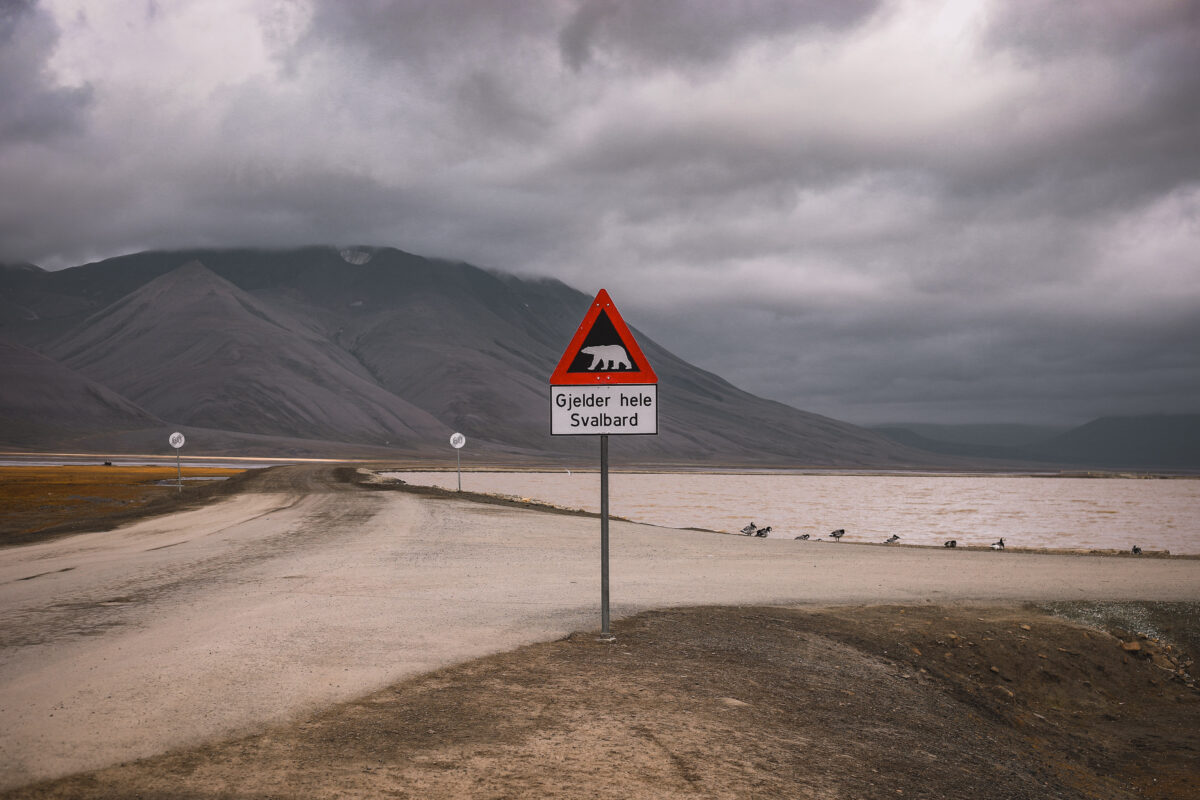
This post may contain affiliate links. I receive a small commission at no cost to you when you make a purchase using my link.
I spent 3 days in Svalbard – the most remote location on the planet – and it left me speechless. The beauty of the Arctic is amplified by its loud quietness and stillness of time. The vastness of nature becomes ever so large with realization of remoteness from the main continent.
But why on earth would anyone want to visit some islands far off in the Northern Hemisphere halfway to the Northern Pole?
Why I wanted to visit Svalbard?
In my view, there are plenty of reasons to visit Svalbard:
- it is one of the few remote northern places that are inhabited year-round but can be easily visited on a regular commercial flight;
- it has an undeniably gorgeous Nordic nature;
- though Svalbard officially belongs to Norway, it is open for anyone to settle in with no visa requirement, making it a free society that is very interesting to explore;
- it has an interesting history of the quest for coal by various nations;
- it gives that feeling of being on the edge of the world that is hard to get anyone else.
I could go on and on about reasons to visit Svalbard, but to be frank, I just LOVE the Nordic rough and pristine nature! And more specifically, I love the feeling of remoteness that Svalbard embodies. It is even stronger here than you can get while visiting the Faroe Islands or Greenland (which you can read about on my blog).
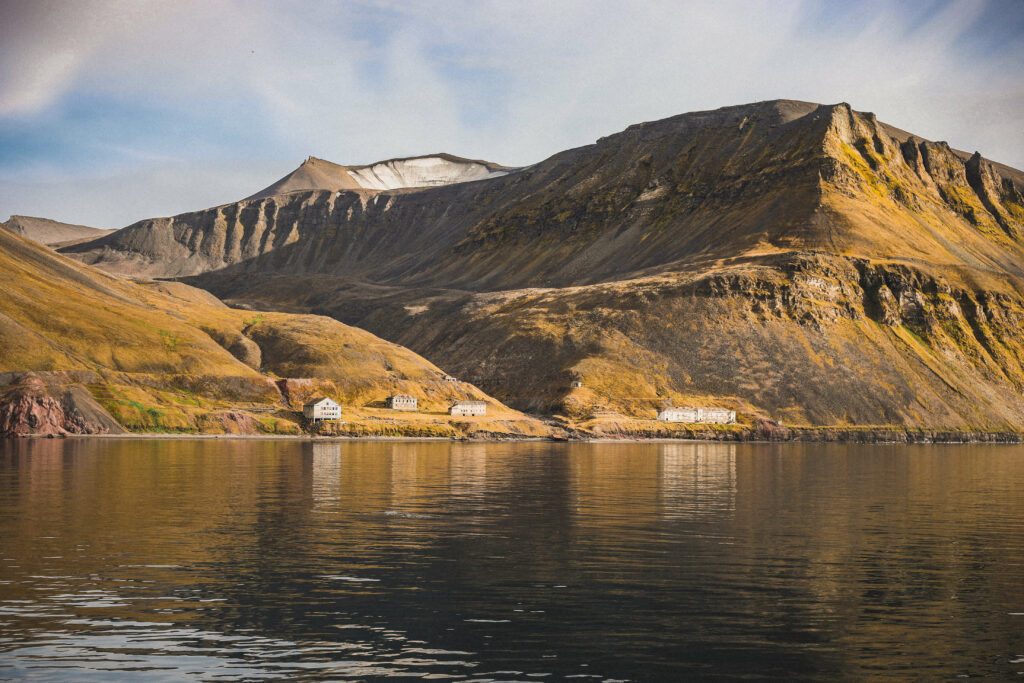
What is the best time to visit Svalbard?
As with most arctic destinations, you have basically two seasons: summer (from May to September) when the days are long and the sun doesn’t go down, and winter (from October to May) when it is dark, cold and everything is covered with snow. Both seasons have its charm and offer a set of different things to do in Svalbard.
Summer can treat you with a 24-hour lasting sun and a lot of boat-related activities when it is safe to sail between the islands. So, if you want to explore multiple locations in Svalbard, summer would be your preferred season.
While winter season is perfect for hunters of Northern lights in Svalbard and snow adventurers.
In this article I will be writing about my 3 days in Svalbard in August, therefore, you’ll see things to do in Svalbard in summer period. But I hope, that someday I can return in wintertime to explore the snow activities, see the Northern Lights, or try the dog sledding experience.
You might be interested in reading: Finland Winter Adventure As a Day Trip from Helsinki
How to get to Svalbard?
The only way to fly to Svalbard is to go via Norway with a stopover in either the capital Oslo or the northern city of Tromsø.
3 Days in Svalbard: Itinerary
Day 1: Arrival and exploration of Longyearbyen
Either way, your journey will start in Longyearbyen, Svalbard’s administrative center and the world’s northernmost town. With a population of nearly 1,700 people, the city is the world’s most northernmost inhabited settlement. I spent my first day in Svalbard exploring the town and learning about its history.
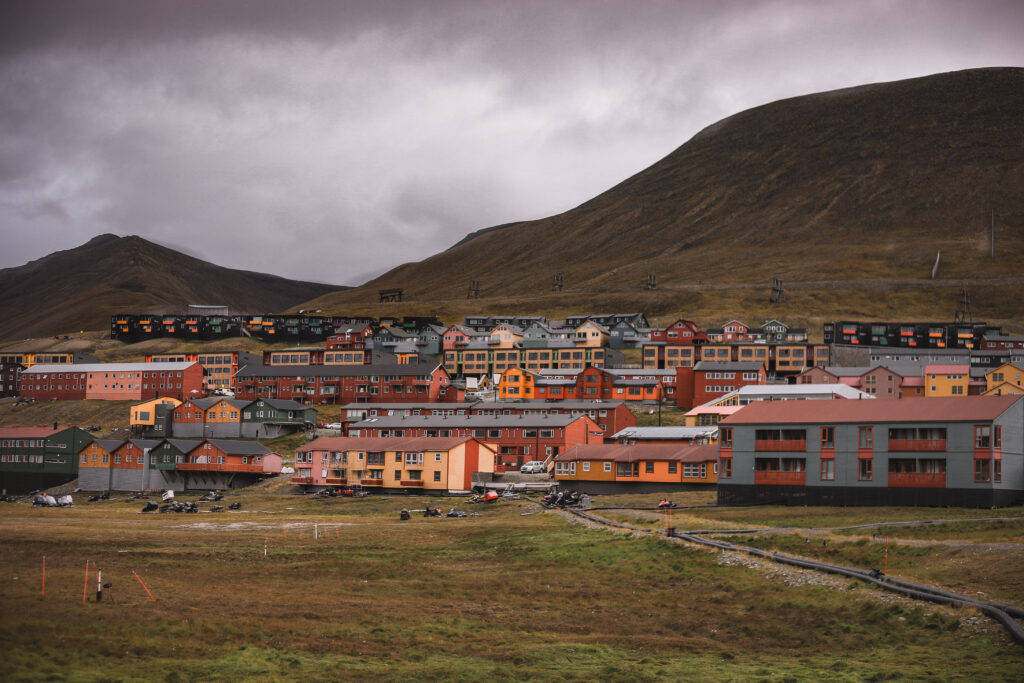
The history and development of Longyearbyen are closely related to coal mining. The city grew with each additional mine opened as workers from Norway, Sweden, Ukraine, and Russia came here to do the work.
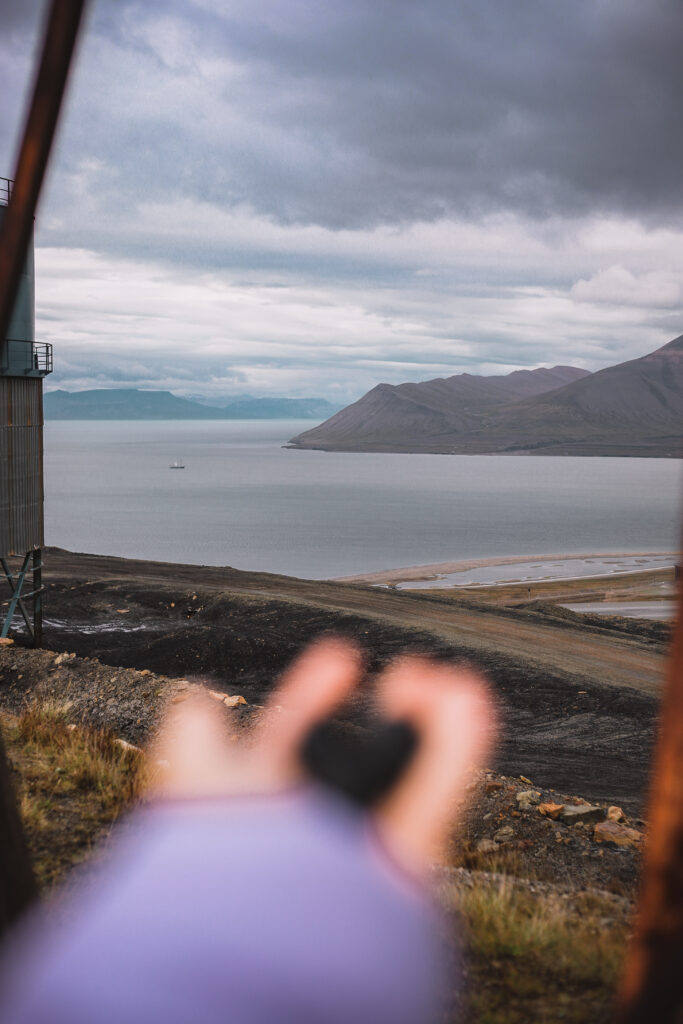
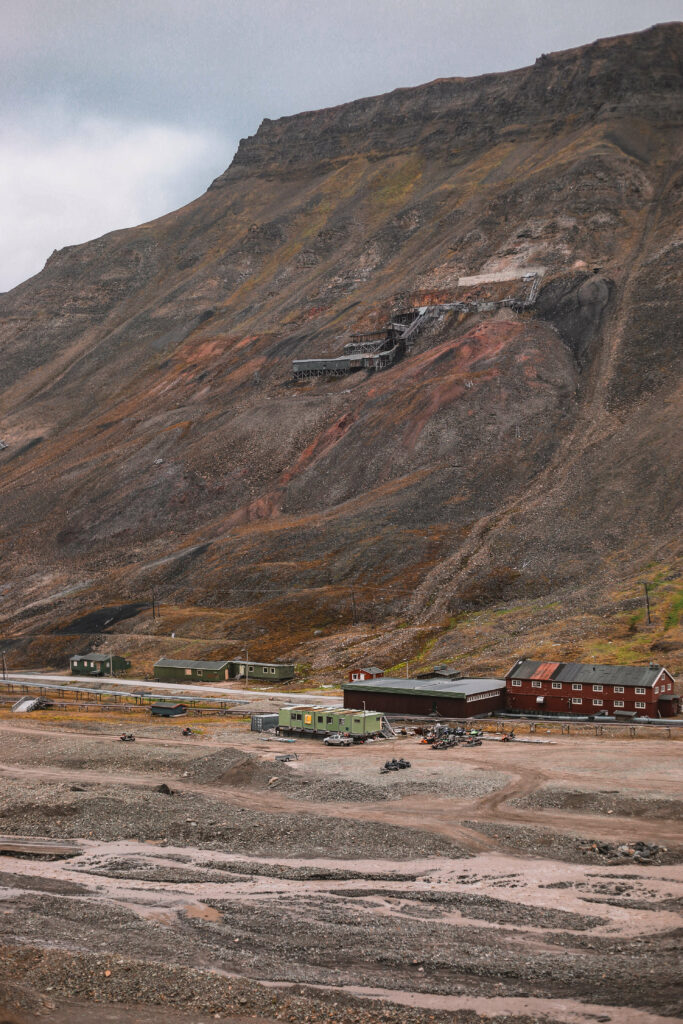
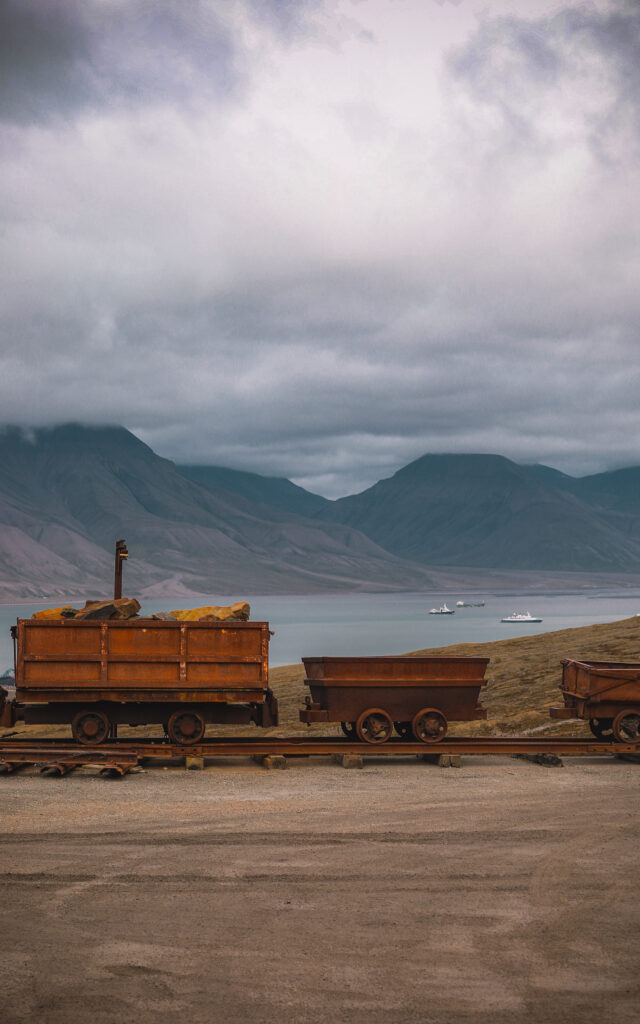
What to Do in Longyearbyen?
Even though the town is not very big, there is a number of things to do in Longyearbyen for a curious mind. I suggest starting the day by joining a city sightseeing tour. Remember, you cannot just walk about anywhere you want (without the firearms), due to the risk of polar bears.
To deepen the historical perspective of your visit to Svalbard, try a guided sightseeing tour Lens & Perspective. They’ll tell you a bit of history about the coal mining business that built up the town and why it came to a stop. Afterwards, you’ll be able to visit the Global Seed Walt, a unique place where the representation of every crop in the world is stored in the underground cold storage. Think of it as a food security bank that can be used as a backup for crop diversity on the planet.
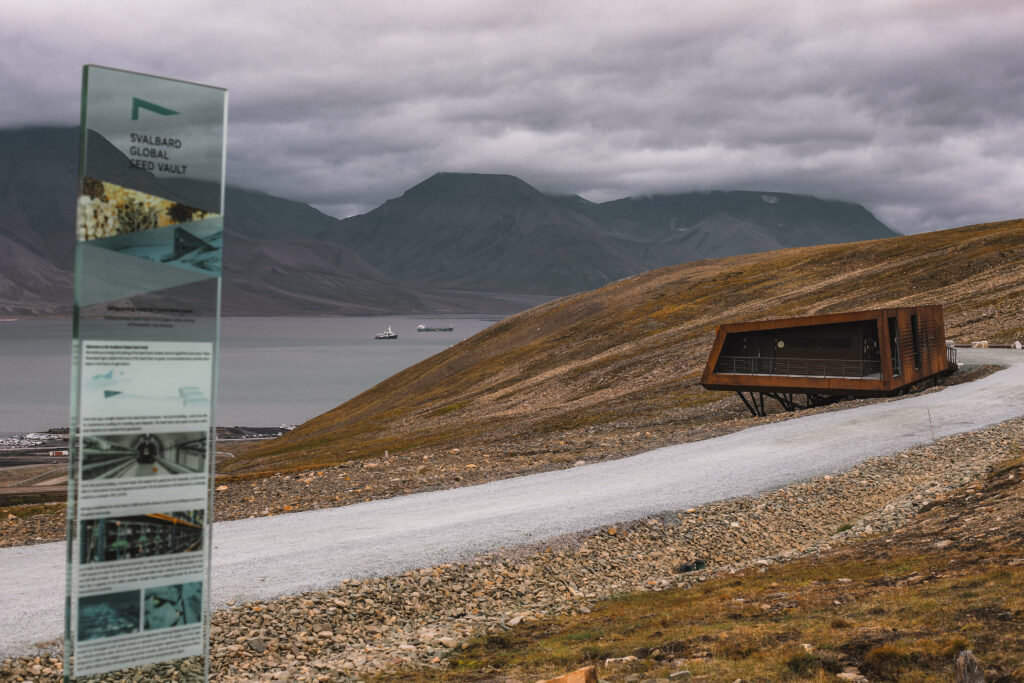
For lunch, take the opportunity to try a truly unique dish of the Nordic meal menu. Surprisingly, the food scene in Longyearbyen is quite rich and you’re welcome to take your pick from cozy cafes to high scale restaurants serving 7-course micro-meals.
I particularly enjoyed a typical arctic meal of seal stake in Vinterhagen Restaurant & Peisen Bar. I’m usually not a big fan of weird foods, but this is a typical and sustainable protein intake for Arctic dwellers and it actually tasted quite good.
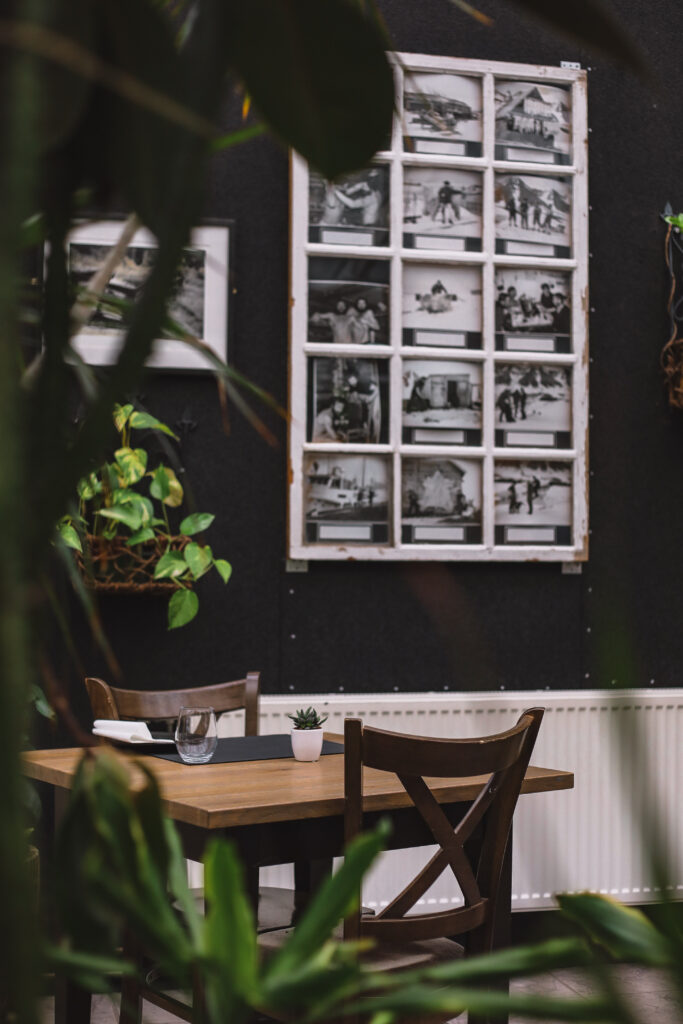
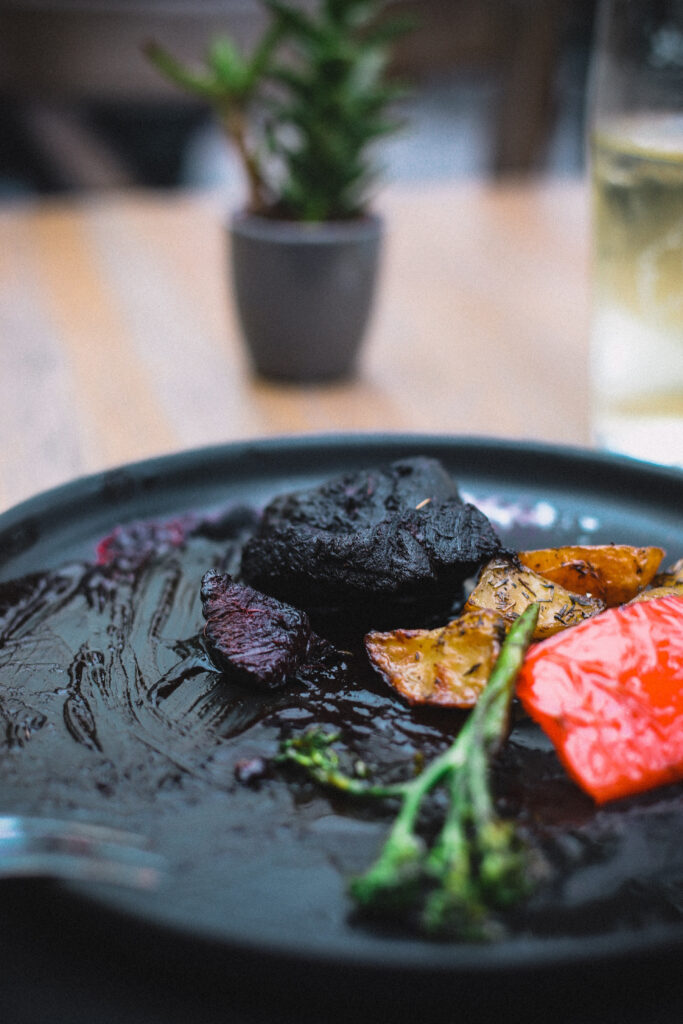
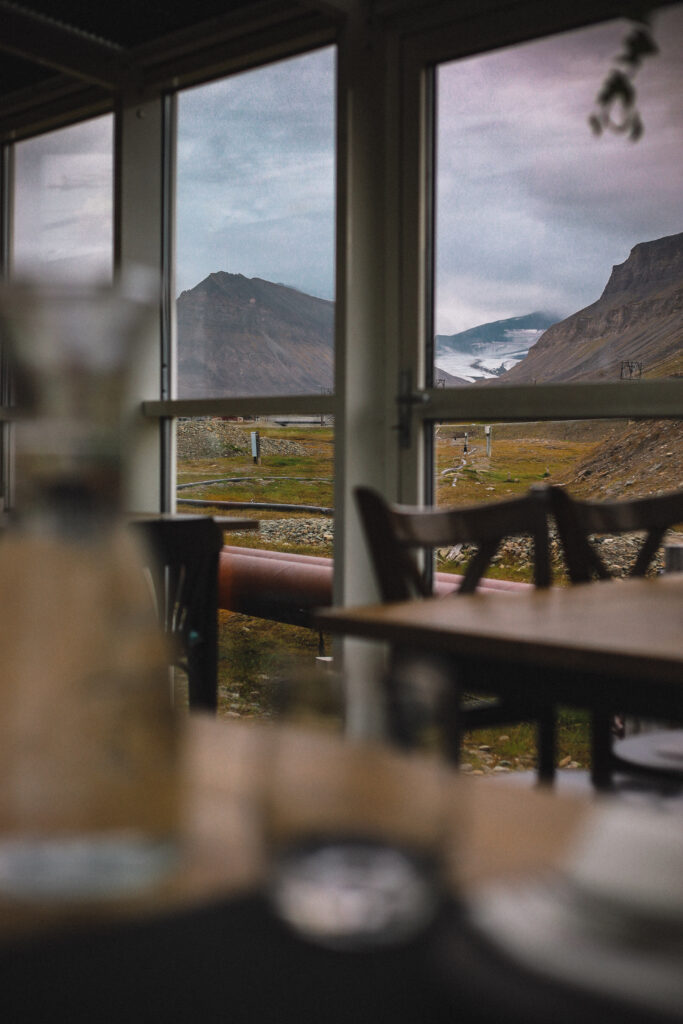
For the afternoon, leave some time to visit the museums, like the Svalbard Museum, for insight into the island’s history, Arctic expeditions, and wildlife.
Day 2. Boat trip to Billefjorden and Nordenskiöld Glacier
One of the best things about spending 3 days in Svalbard in summer is the possibility of doing boat rides to other settlements or glaciers. Boats are not usually running in the winter season due to the danger of icebergs. Therefore, take full advantage of this and embark on a glacier boat ride from Longyearbyen.
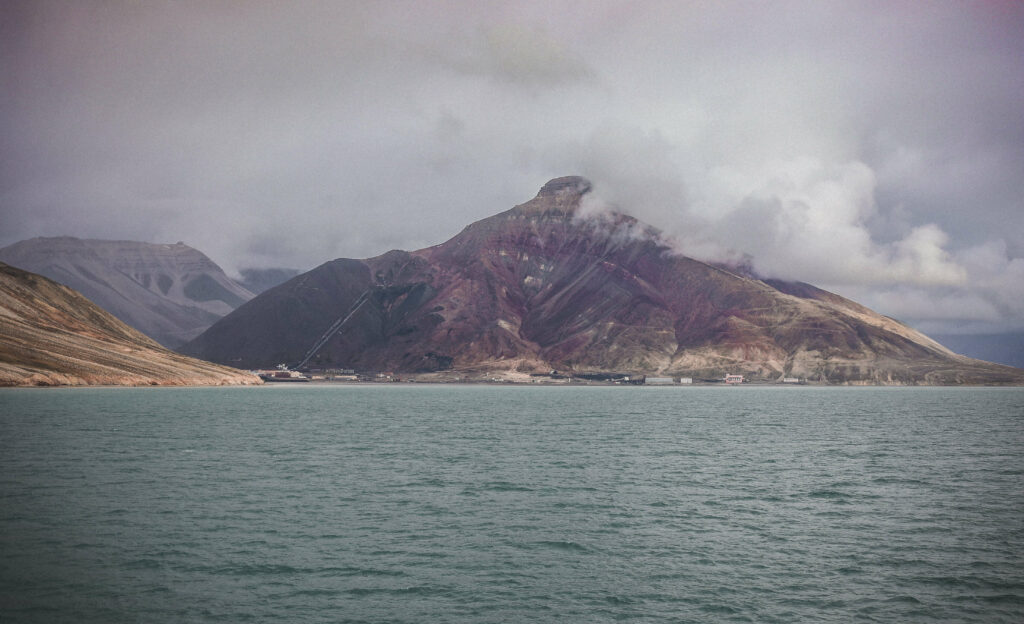
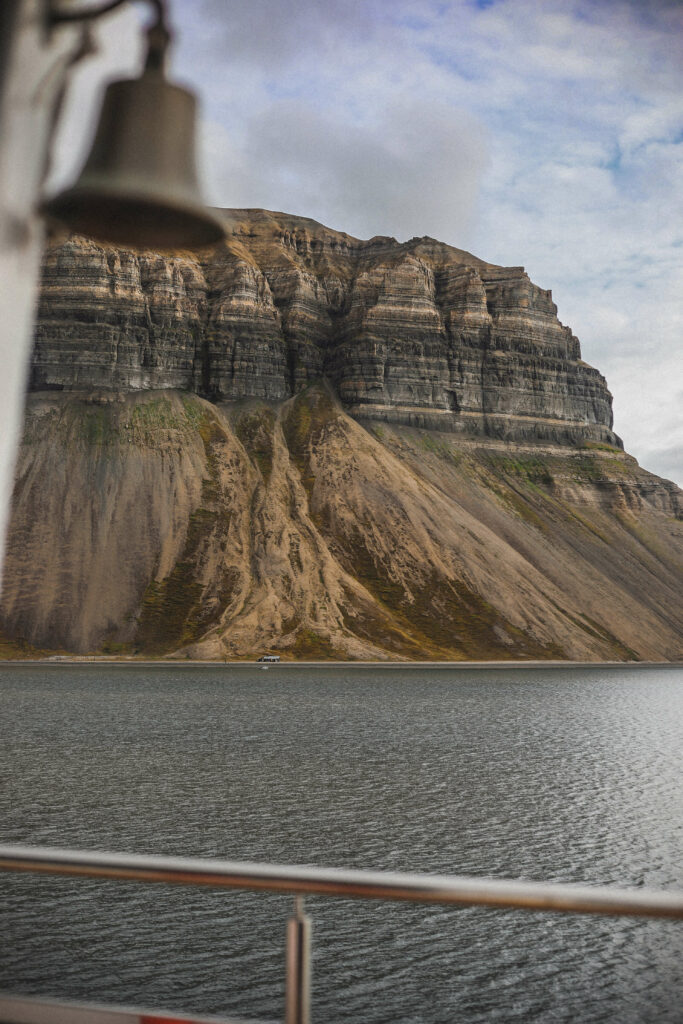
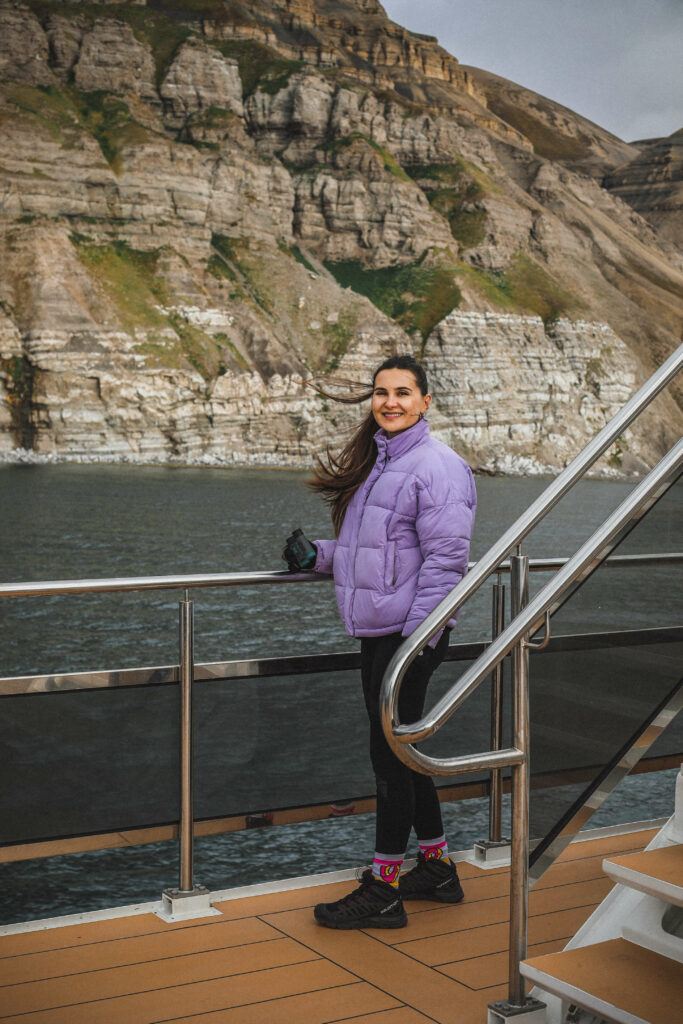
I booked my trip via Visit Svalbard website, which is a great resource for all the local trips that you can get. During the trip, which is a full-day ordeal, you’ll be able to enjoy the arctic scenery like no other. If you are lucky and very attentive, you might even spot some polar bears on the island shores, therefore, remember to bring your binoculars with you.
When approaching the glacier, you’ll be given a short story about the role of glaciers and their history of development, which is now trending towards receding.
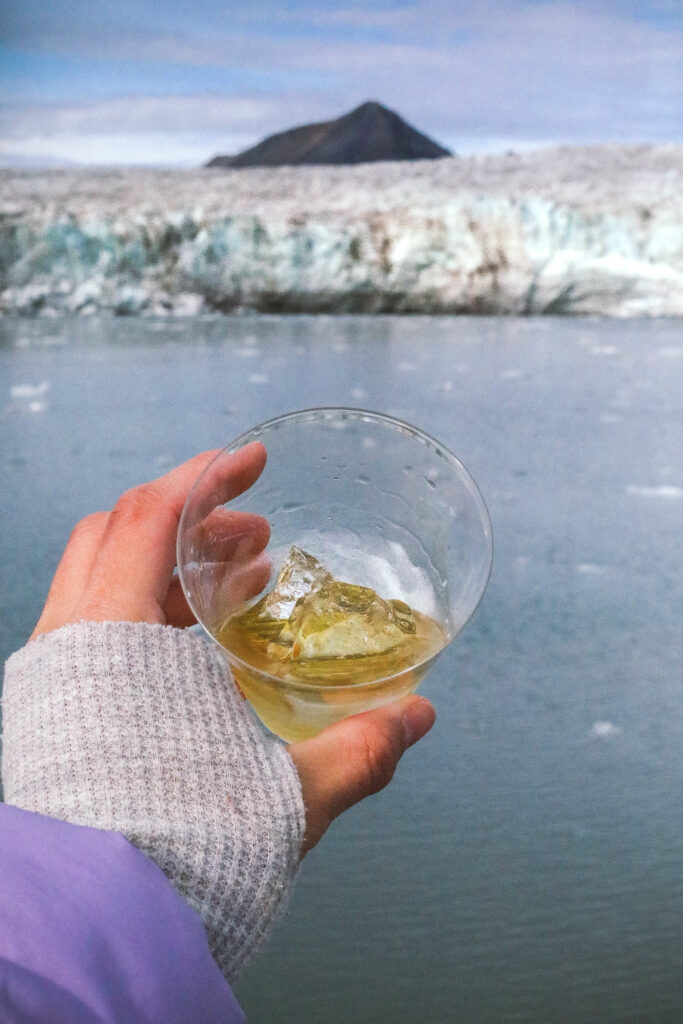
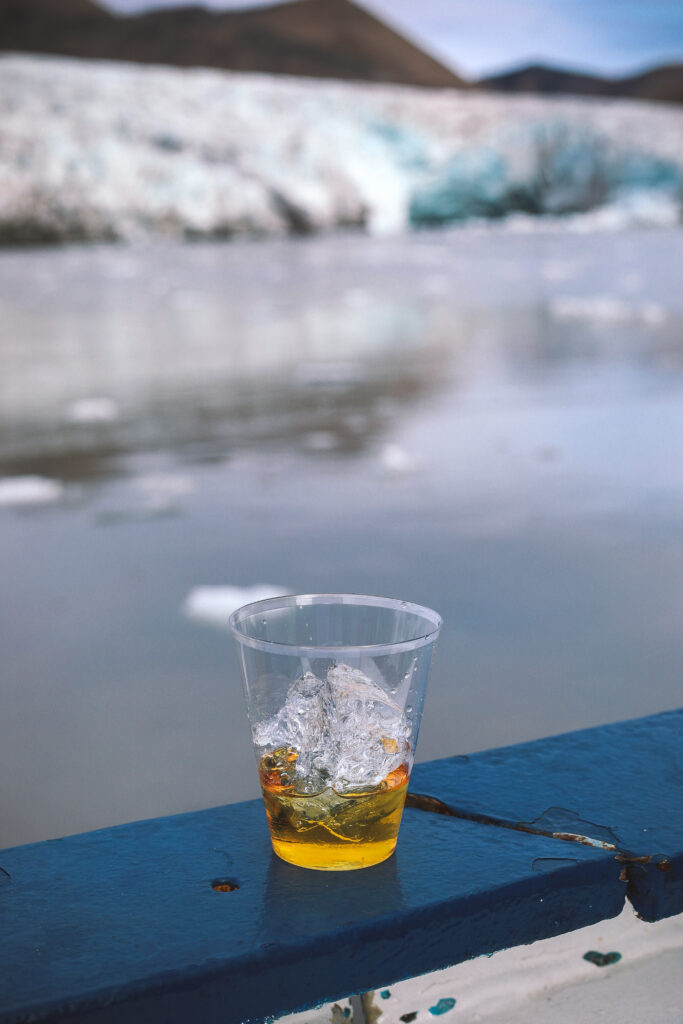
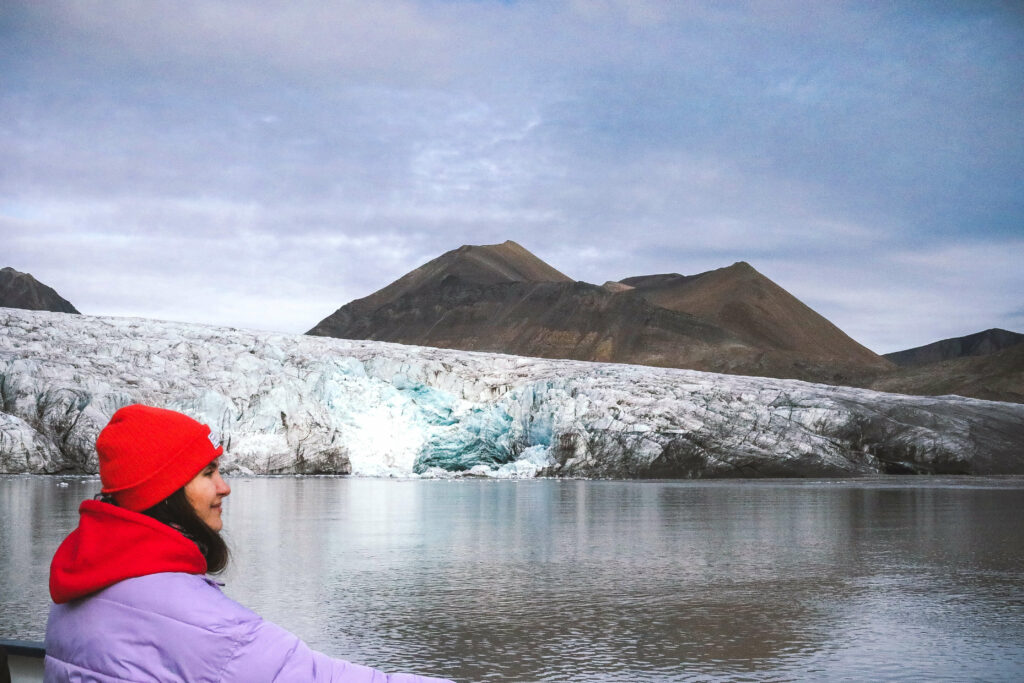
Once you come closer the guide will be able to catch a piece of ice from the iceberg and serve you a drink with it. You’ll notice that the consistency of glacier ice is not the same as the ice you make at home. The glacier ice is made out of snowflakes compacted together, so the air pockets in between them turns to air bubbles.
During the sail, I couldn’t help but think about the first settlers who chose to come here, live under extremely harsh conditions, and still prefer this wild vast nature to the known society.
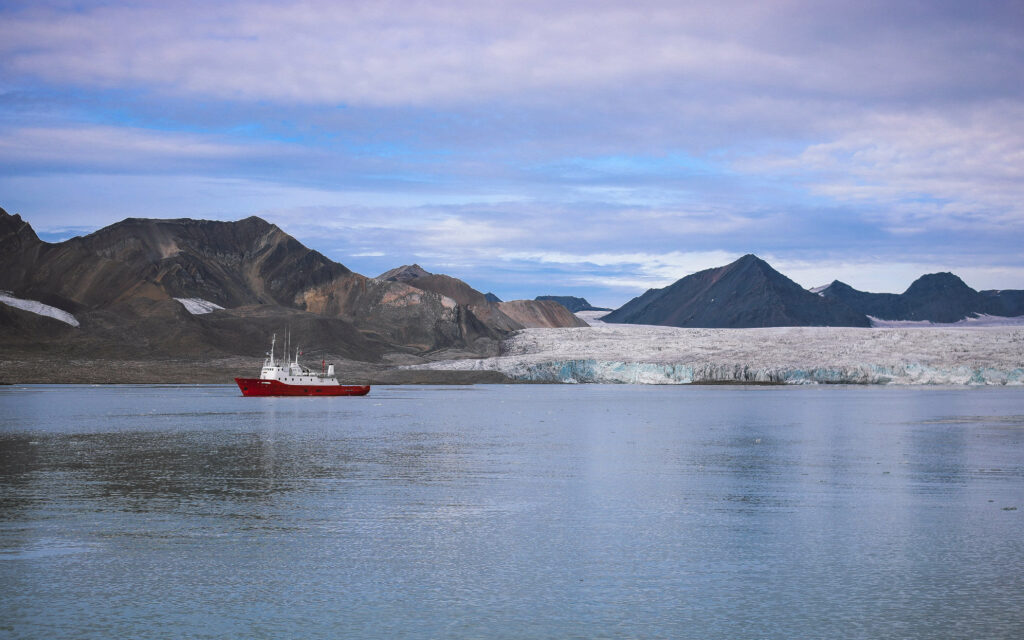
Day 3: Arctic Adventures and Wildlife
During my trip, I used the last of my 3 days in Svalbard for another boat tour to Barentsburg, passing Pyramiden. At the moment these routes are suspended due to war in Ukraine, seeing as they would support tourism to these russian settlements.
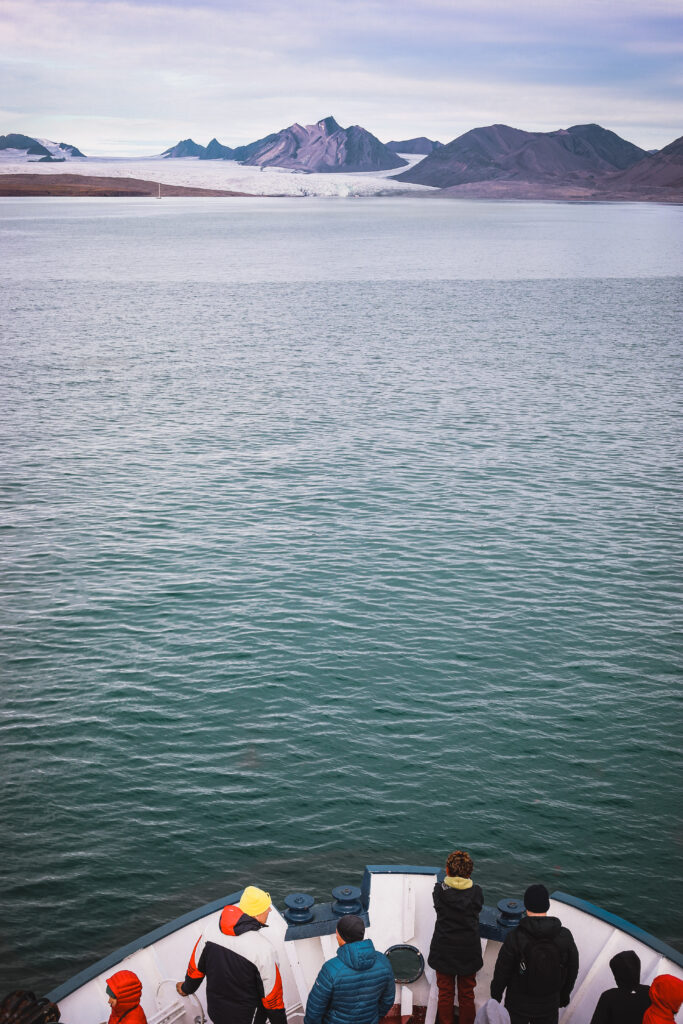
But you can easily substitute the day for a range of other splendid activities.
If you’re brave and a good swimmer, start your day by joining a guided kayak tour along one of Svalbard’s calm fjords, paddling through pristine Arctic waters with views of dramatic mountain backdrops and glacial landscapes. This immersive experience offers a close connection to the serene, untouched environment and a possibility to look at Longyearbyen from a distance.
In the afternoon, embark on a mysterious coal mining tour. Here’s where you can get an authentic and raw experience and immerse into the miner’s life. Beware, this experience is not for the claustrophobic ones 🙂
Where to stay in Svalbard?
I stayed at Coal Miners Cabins during my trip. It is a relatively budget place (still costing about 130$ per night). The charm of the Coal Miners Cabins is that it was actually used by coal miners as barracks back in the day, so you can imagine very well how they lived here. Across the street from the sleeping rooms is the restaurant and the reception, where you can get unlimited coffee, breakfast and snacks during the day.
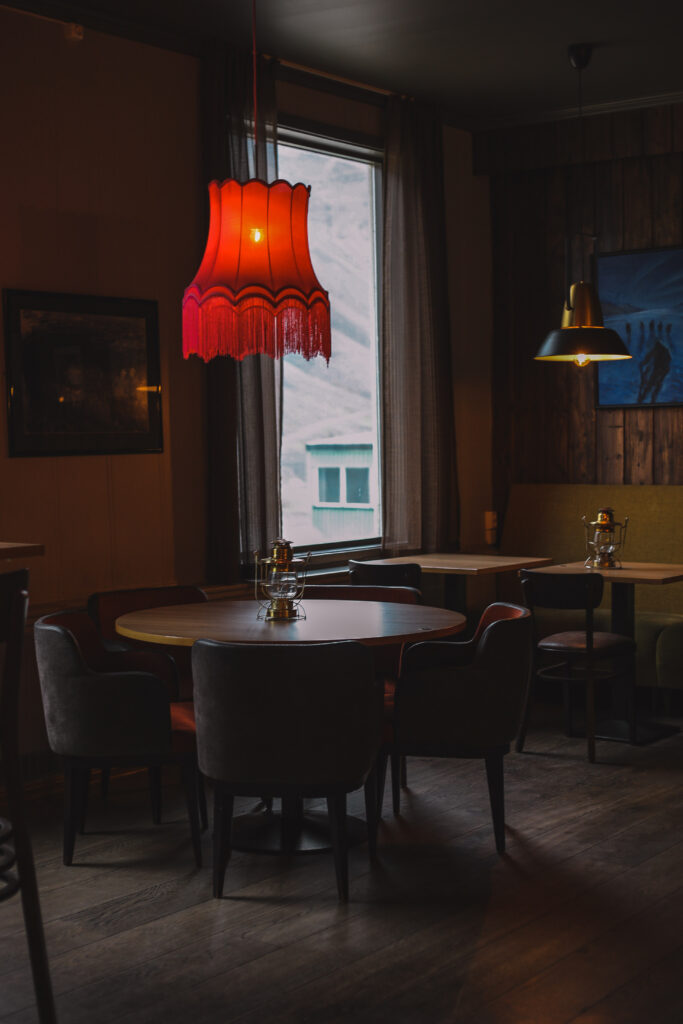
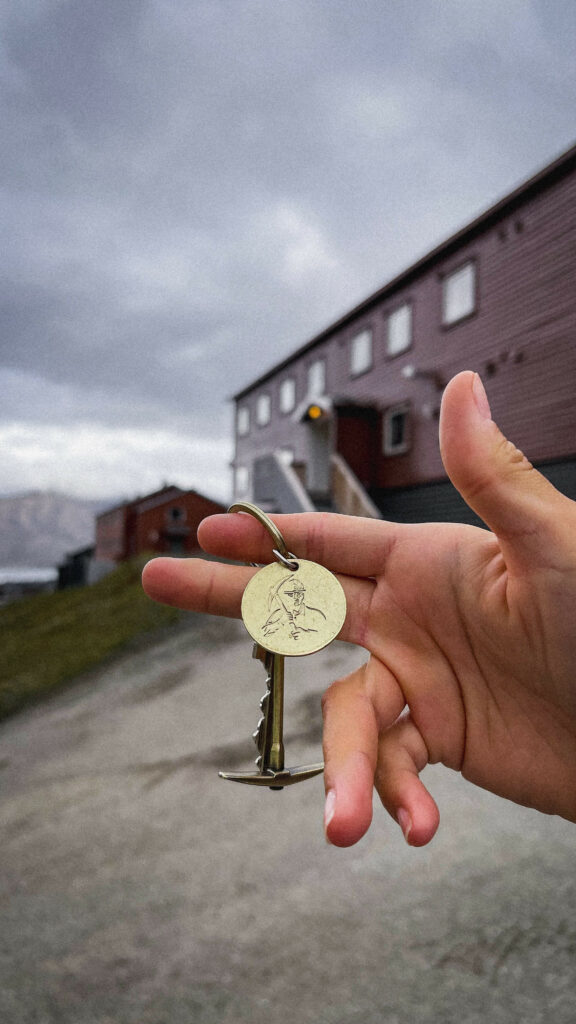
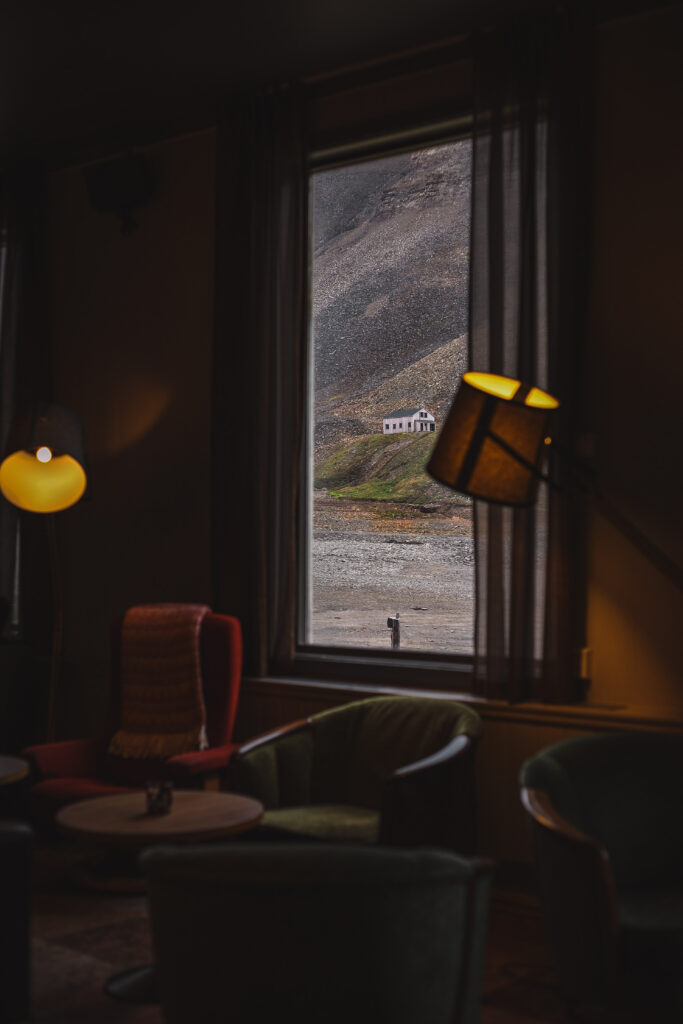
If you’re looking for the best hotel in Svalbard, you need to stay at Radisson Blu Polar Hotel. It is centrally located and is a full-service hotel.
Summary
After my 3 days in Svalbard, I came back even more reassured that I am team Nordics. Ever since my first trip to Iceland, I’ve been obsessed with Nordic destinations that are even more so remote, which eventually brought me to Svalbard, the Faroe Islands, and Greenland. There is something so extraordinary about being at the end of the world and yet maintaining community and civilization. It amazes me to see that humans are capable not only of surviving but also thriving in extreme conditions. I cannot wait to go back to visit Svalbard in a different season to soak in a completely different atmosphere of these arctic islands.
Like It? Pin It!
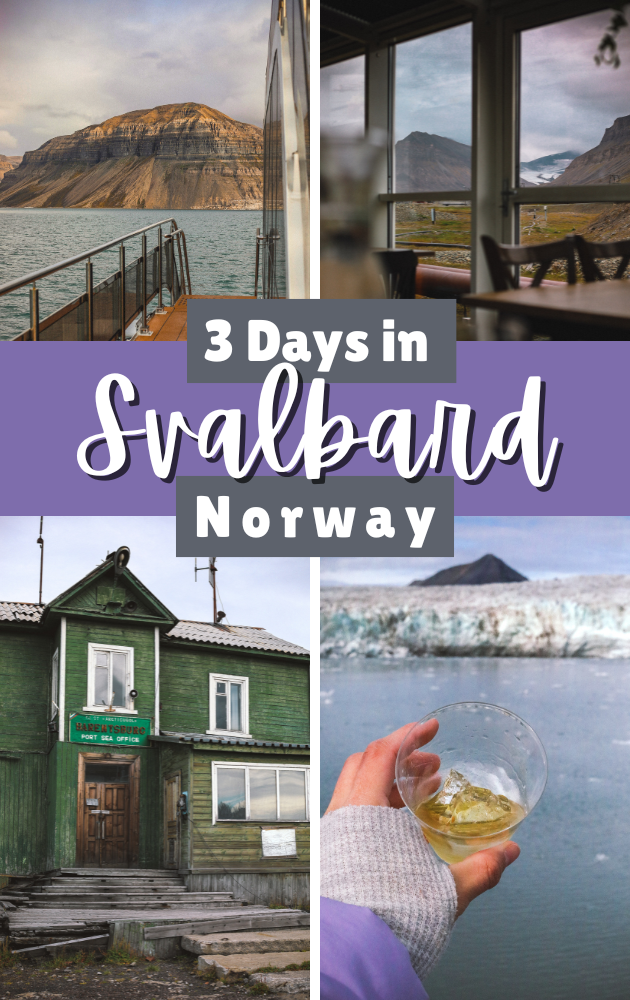



Leave Your Comments